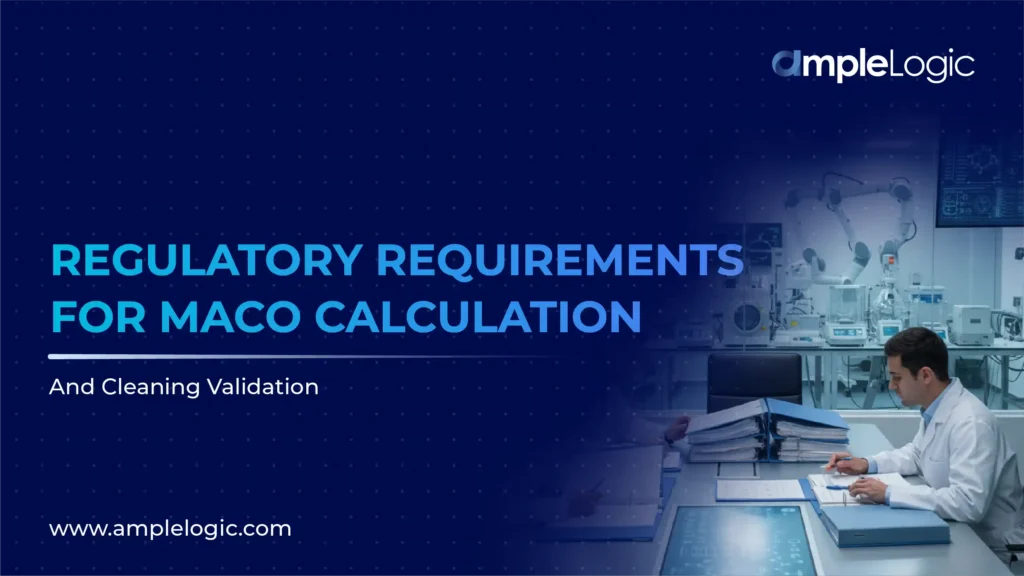
Continued Process Verification is an integral step in the pharma industry to continuously pique product quality and adhere to regulatory compliances. It is the third and final step of process validation, succeeding process design and process qualification. Continued Process Verification helps pharma businesses ensure that processes remain in the state of control during commercial manufacturing. Another critical reason for implementation of the process in pharma is to ensure continuous process improvement and ensuring safety of pharma products.
Overview of Continuous Process Verification
Process validation in pharma ensures that all manufacturing processes are designed and executed accordingly to produce high quality pharma products. There are three steps in the process validation method wherein Continuous Process Verification comes in the final stage. This involves continuous monitoring and evaluation of operations. CPV is an essential step for improving processes continuously to achieve standard pharma products. CPV is followed so that processes remain in a state of control (the validated state) during commercial manufacturing.
Importance of Continued Process Verification
Continued Process Verification is not just the final step in Process Validation; it is a dynamic and continuous activity that spans the entire lifecycle of the product. Its importance can be attributed to several factors:
Maintaining Consistency and Control
CPV provides a mechanism for continuous oversight of the manufacturing process. By regularly monitoring critical process parameters (CPPs) and critical quality attributes (CQAs), manufacturers can identify any deviations from the validated state. This proactive approach helps in maintaining process consistency and ensures that the process continues to produce quality products over time.
Identifying Trends and Variations
One of the key objectives of CPV is to detect trends or variations in the process before they lead to product quality issues. Advanced data analytics and statistical tools are often employed in CPV to analyze data collected during production. This analysis can reveal subtle changes or shifts in the process that may not be immediately apparent, allowing for timely interventions and corrective actions.
Supporting Continuous Improvement
CPV plays a vital role in the continuous improvement of the manufacturing process. By identifying areas where the process may be optimized or where improvements can be made, CPV supports efforts to enhance process efficiency, reduce variability, and improve product quality. This aligns with the principles of Quality by Design (QbD), where quality is built into the product and process from the outset.
Regulatory Compliance and Risk Management
Regulatory agencies emphasize the importance of CPV as part of the overall risk management strategy. By ensuring that the process remains in control, CPV helps manufacturers comply with regulatory requirements and avoid potential product recalls or compliance issues. It also provides documentation and evidence of ongoing process control, which is essential during regulatory inspections and audits.
Ensuring Patient Safety
Ultimately, the role of CPV is to ensure that every product that reaches the market is safe and effective for patient use. By maintaining a high level of control over the manufacturing process, CPV helps prevent the release of substandard or compromised products, thereby safeguarding patient health and well-being.
Implementing Effective Continued Process Verification
To implement an effective CPV program, manufacturers should focus on several key elements:
Robust Data Collection: Reliable data collection systems are essential for monitoring CPPs and CQAs. Automated data collection and real-time monitoring can enhance the accuracy and timeliness of data.
Data Analysis and Interpretation: Advanced analytics, including statistical process control (SPC), can help identify trends and variations. Manufacturers should have skilled personnel who can interpret the data and make informed decisions.
Risk-Based Approach: CPV should be based on a risk assessment of the process. Critical aspects of the process that have a higher potential impact on product quality should receive more focus in the CPV program.
Continuous Training: Personnel involved in CPV should receive continuous training to stay updated on the latest technologies, tools, and regulatory expectations.
Documentation and Reporting: All CPV activities should be thoroughly documented, and regular reports should be generated to provide a clear overview of the process’s state of control.
AmpleLogic Process Validation Software
AmpleLogic Process Validation software takes care of your overall process validation method in pharma throughout three stages, i.e., process design, process qualification and continuous process validation. As pharma industry seeks continuous process verification, adopting an advanced solution to streamline the task is really necessary. AmpleLogic ‘s solution offers superior integration capabilities, protocol management, real-time monitoring of processes, verification with electronic signatures and evaluation of commercial manufacturing processes continuously. Based on these, the software is able to release process validation reports anytime!
Continued Process Verification is a cornerstone of Process Validation in pharma, ensuring that manufacturing processes remain in control and consistently produce quality products. By focusing on ongoing monitoring, trend analysis, and continuous improvement, CPV helps manufacturers maintain regulatory compliance, manage risks, and ultimately protect patient safety. As the industry continues to evolve, the role of CPV will only become more critical in ensuring the highest standards of product quality and reliability.





























